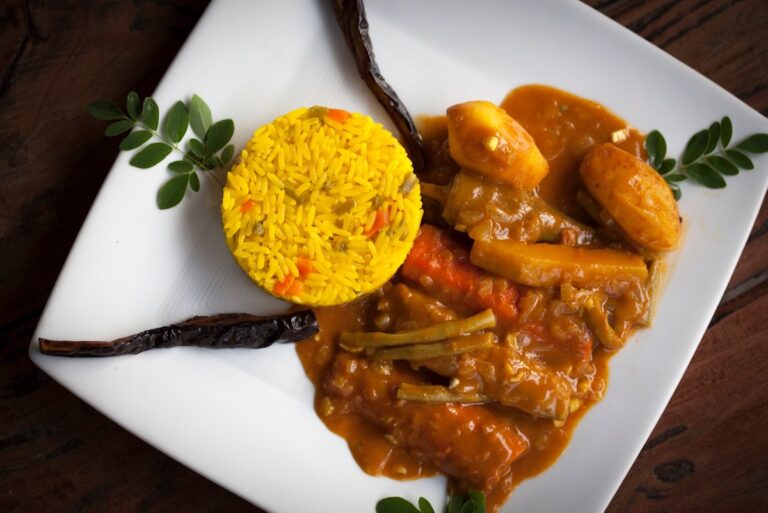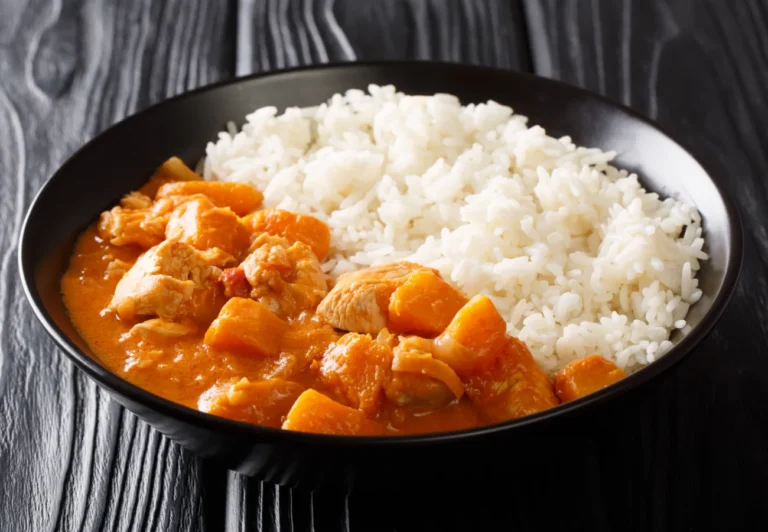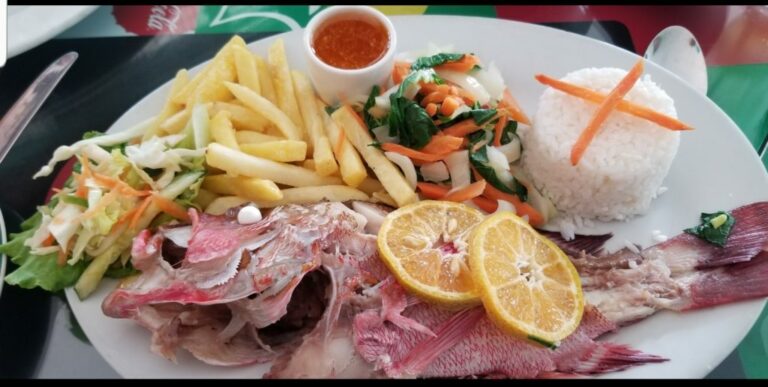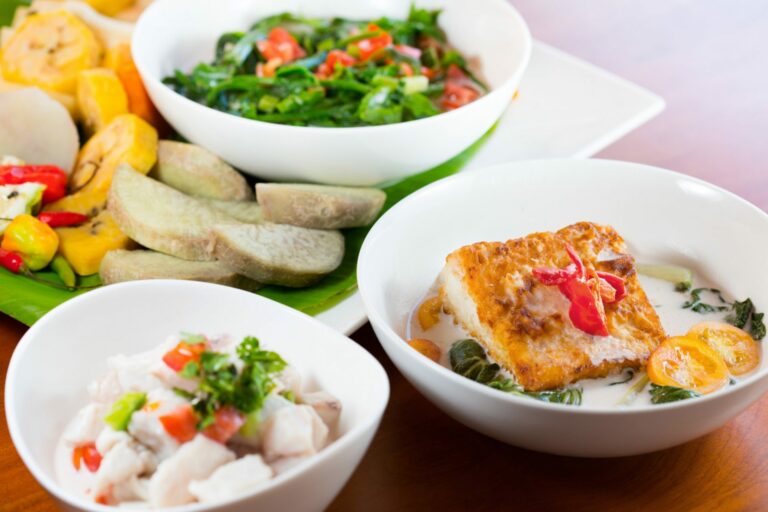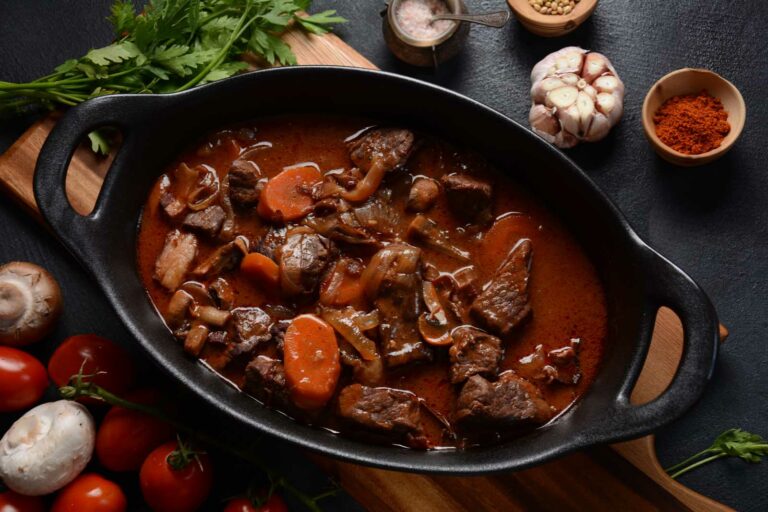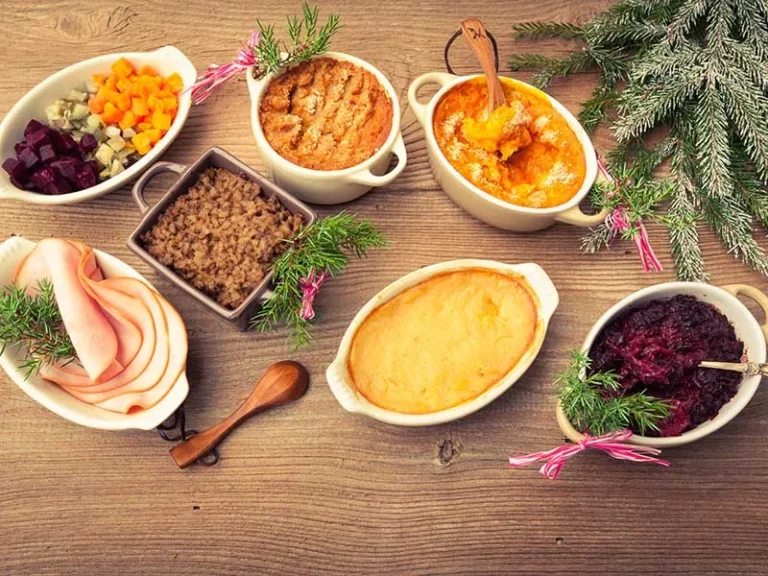Introduction: The Importance of Fresh Herbs and Greens in Estonian Cuisine
Estonian cuisine is famous for its use of fresh herbs and greens, known as “köögirohi” in Estonian. These aromatic plants add a unique flavor and color to Estonian dishes, making them not only delicious but also visually appealing. Fresh herbs and greens are abundant in Estonian summers, and people take advantage of this by incorporating them into their meals. Their use is not limited to fine dining; they are present in everyday dishes, making Estonian cuisine healthy, flavorful, and distinctive.
Origins: A Brief History of “Köögirohi”
The use of fresh herbs and greens in Estonian cuisine dates back to the ancient times when Estonians relied on wild plants for their medicinal and culinary purposes. Later, during the medieval period, Estonians began introducing new plant species brought by monks, traders, and nobility from other parts of Europe and Asia. This exchange of plants enriched Estonian cuisine, adding new flavors and aroma to traditional dishes. Nowadays, fresh herbs and greens are widely used in Estonian cooking, reflecting the country’s culinary heritage and its openness to new influences.
Types of Herbs and Greens Used in Estonian Cooking
Estonian cuisine is rich in the use of fresh herbs and greens, with some of the most commonly used being dill, parsley, chives, thyme, rosemary, sage, and mint. These plants are used both fresh and dried, depending on the dish. Dill, for example, is a staple herb in Estonian cuisine, used in soups, stews, and salads. Parsley is another popular herb with a fresh, vibrant taste, used in potato salads and meat dishes. Chives are often used to garnish dishes, adding a mild onion flavor. Estonians also use wild plants such as nettle, sorrel, and woodruff, which have a unique taste and are rich in vitamins and minerals.
Preparation: How to Incorporate Fresh Herbs and Greens into Estonian Dishes
Estonians incorporate fresh herbs and greens into their dishes in various ways. Some dishes, such as the traditional potato salad, rely heavily on fresh herbs, while others use herbs as a garnish. Estonians often add herbs to soups and stews, giving them a fresh and aromatic taste. Fresh herbs and greens are also used in marinades, sauces, and dressings, adding depth and complexity to the flavors. When cooking with fresh herbs and greens, it is essential to add them at the right time to preserve their flavor and aroma.
Health Benefits of “Köögirohi”
Fresh herbs and greens are not only delicious but also highly nutritious. They are rich in vitamins, minerals, and antioxidants, and their consumption has been linked to numerous health benefits, including better digestion, improved immunity, and decreased inflammation. Estonians have long recognized the health benefits of fresh herbs and greens, incorporating them into their daily meals to promote good health and wellbeing.
Regional Variations: Differences in the Use of Fresh Herbs and Greens Across Estonia
Like any cuisine, Estonian cooking exhibits regional variations in the use of fresh herbs and greens. In coastal regions, such as the islands of Saaremaa and Hiiumaa, Estonians use sea buckthorn and other coastal plants in their dishes. In the forested areas of southern Estonia, they use wild berries and mushrooms, along with locally grown herbs such as thyme and rosemary. These regional variations reflect the diversity of Estonian cuisine and the country’s unique geography.
Sustainability: The Environmental Impact of “Köögirohi”
The use of fresh herbs and greens in Estonian cooking is not only beneficial to health, but it also has a positive environmental impact. Fresh herbs and greens are grown locally, reducing the carbon footprint associated with long-distance transportation. They are also grown without the use of pesticides or chemicals, making them a sustainable and eco-friendly food choice.
Conclusion: Why Fresh Herbs and Greens are Essential to Estonian Cooking
Fresh herbs and greens are an essential part of Estonian cuisine, adding a unique flavor and aroma to traditional dishes. From the ancient times when wild plants were foraged for their medicinal and culinary purposes, to the present-day use of locally grown herbs and greens, Estonians have recognized the importance of fresh, healthy, and sustainable food. Incorporating fresh herbs and greens into our diets can not only make our meals more delicious but also promote good health and protect the environment.



